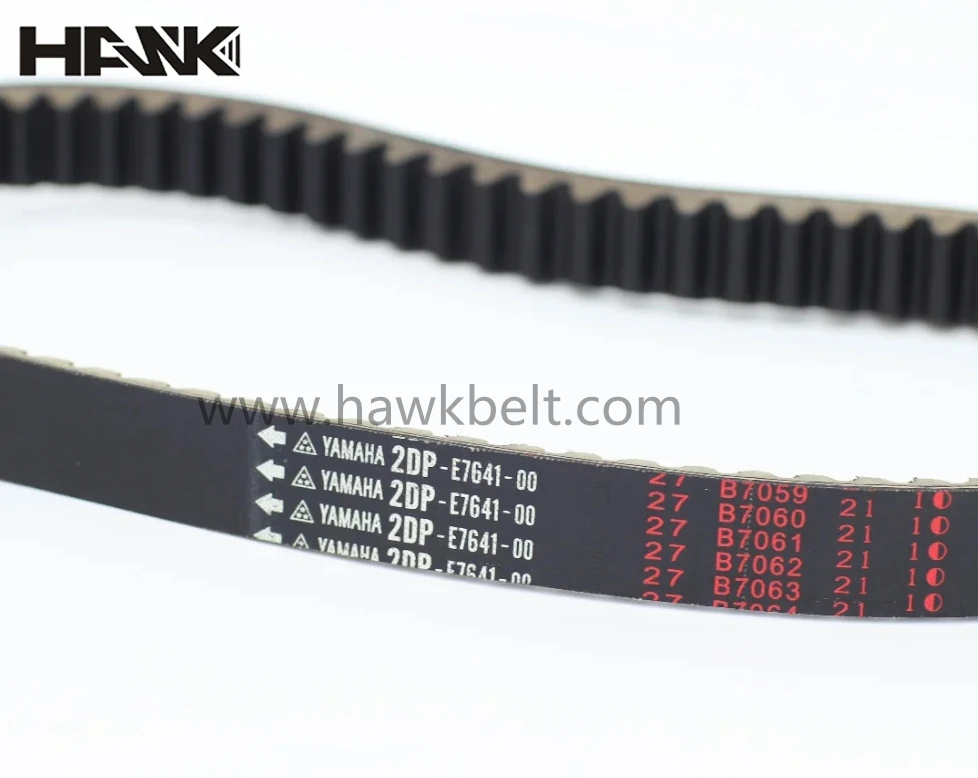- Arabic
- French
- Russian
- Spanish
- Portuguese
- Turkish
- Armenian
- English
- Albanian
- Amharic
- Azerbaijani
- Basque
- Belarusian
- Bengali
- Bosnian
- Bulgarian
- Catalan
- Cebuano
- Corsican
- Croatian
- Czech
- Danish
- Dutch
- Afrikaans
- Esperanto
- Estonian
- Finnish
- Frisian
- Galician
- Georgian
- German
- Greek
- Gujarati
- Haitian Creole
- hausa
- hawaiian
- Hebrew
- Hindi
- Miao
- Hungarian
- Icelandic
- igbo
- Indonesian
- irish
- Italian
- Japanese
- Javanese
- Kannada
- kazakh
- Khmer
- Rwandese
- Korean
- Kurdish
- Kyrgyz
- Lao
- Latin
- Latvian
- Lithuanian
- Luxembourgish
- Macedonian
- Malgashi
- Malay
- Malayalam
- Maltese
- Maori
- Marathi
- Mongolian
- Myanmar
- Nepali
- Norwegian
- Norwegian
- Occitan
- Pashto
- Persian
- Polish
- Punjabi
- Romanian
- Samoan
- Scottish Gaelic
- Serbian
- Sesotho
- Shona
- Sindhi
- Sinhala
- Slovak
- Slovenian
- Somali
- Sundanese
- Swahili
- Swedish
- Tagalog
- Tajik
- Tamil
- Tatar
- Telugu
- Thai
- Turkmen
- Ukrainian
- Urdu
- Uighur
- Uzbek
- Vietnamese
- Welsh
- Bantu
- Yiddish
- Yoruba
- Zulu
Դկտ . 19, 2024 16:26 Back to list
Understanding the Differences Between Fan Belts and Timing Belts in Vehicles
Understanding Fan Belts and Timing Belts Essential Components of Your Vehicle
When it comes to vehicle maintenance, understanding the components that keep your car running smoothly is crucial. Among these components, the fan belt and timing belt are two of the most vital. Although they serve different purposes, both belts are essential for the optimal performance of your engine. In this article, we will dive into what these belts are, their functions, how to maintain them, and why neglecting them can lead to significant problems.
What is a Fan Belt?
The fan belt, often referred to as the serpentine belt or accessory belt, is responsible for driving various accessories in your vehicle's engine. This includes the alternator, power steering pump, water pump, and air conditioning compressor. The fan belt is typically made of rubber and has grooves that allow it to grip the pulleys it connects.
One of the primary functions of the fan belt is to ensure that the engine's cooling system operates effectively. By turning the water pump, the fan belt helps circulate coolant throughout the engine, preventing overheating. Additionally, it plays a vital role in steering assistance and electrical power, making it essential for overall vehicle functionality.
What is a Timing Belt?
The timing belt, on the other hand, is a crucial component that synchronizes the rotation of the engine's crankshaft and camshaft. This synchronization is necessary for the engine valves to open and close at the proper times during the combustion cycle. Unlike the fan belt, the timing belt is usually located within the engine and is made of a stronger material, often reinforced with fibers to withstand the high tension it encounters.
fan belt timing belt

Timing belts are less visible than fan belts but are equally important. If a timing belt fails, it can lead to severe engine damage, as the pistons and valves can collide, resulting in bent valves, damaged pistons, or even complete engine failure. This is why manufacturers recommend replacing timing belts at regular intervals, often between 60,000 to 100,000 miles, depending on the make and model of the vehicle.
Maintenance and Inspection
Regular maintenance and inspection of both the fan and timing belts are essential for the longevity of your vehicle. For fan belts, it is important to check for signs of wear such as cracks, fraying, or glazing (a shiny surface caused by heat and friction). If any of these signs are present, it is advisable to replace the belt to avoid potential breakdowns.
Timing belts, due to their critical role and the potential for catastrophic failure, require a more systematic approach. It's essential to adhere to the manufacturer's recommended replacement schedule. Some signs that your timing belt may be wearing out include unusual noises from the engine, difficulty starting the vehicle, or visible damage upon inspection.
Conclusion
In summary, both the fan belt and timing belt are integral parts of your vehicle's operation and efficiency. While the fan belt helps manage various accessories and prevents engine overheating, the timing belt ensures your engine runs smoothly and efficiently without complications. Regular inspection and maintenance of these belts can save you from unexpected breakdowns and costly repairs. By being proactive and understanding the role of each belt, you can ensure that your vehicle remains in optimal condition and prolong its lifespan. Always consult with a professional mechanic for a thorough inspection and timely replacement of these essential components.
-
Korean Auto Parts Timing Belt 24312-37500 For Hyundai/Kia
NewsMar.07,2025
-
7PK2300 90916-T2024 RIBBED BELT POLY V BELT PK BELT
NewsMar.07,2025
-
Chinese Auto Belt Factory 310-2M-22 For BMW/Mercedes-Benz
NewsMar.07,2025
-
Chinese Auto Belt Factory 310-2M-22 For BMW/Mercedes-Benz
NewsMar.07,2025
-
90916-02660 PK Belt 6PK1680 For Toyota
NewsMar.07,2025
-
drive belt serpentine belt
NewsMar.07,2025

